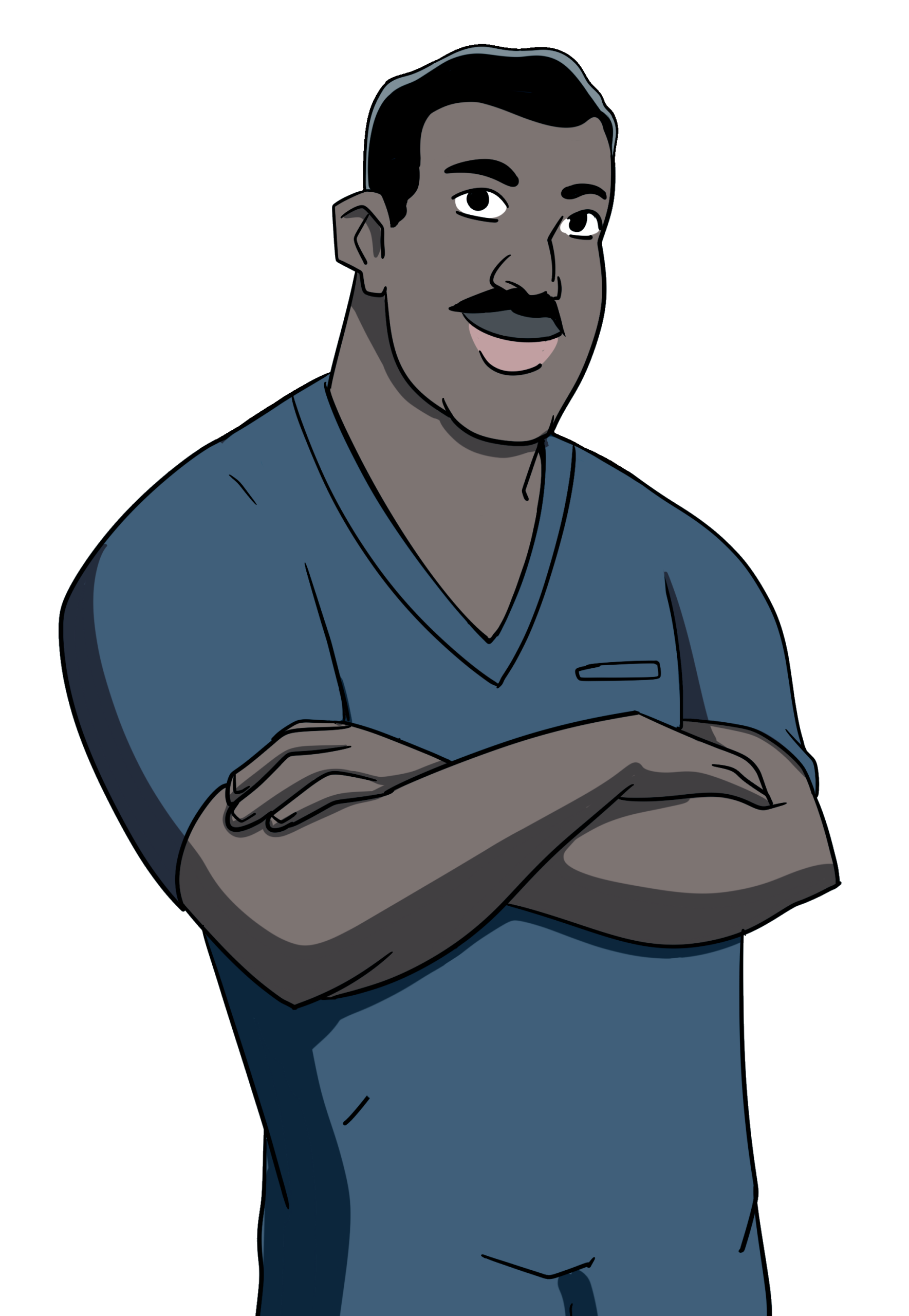Stories of Resilience
From high-rise towers without air conditioning to neighborhoods surrounded by highways and industry, climate change hits Black communities differently.
Meet the fictionalized representatives based on real stories gathered from across the four focus areas of the Climate Change Preparedness in Black Communities workshop/consultation series:
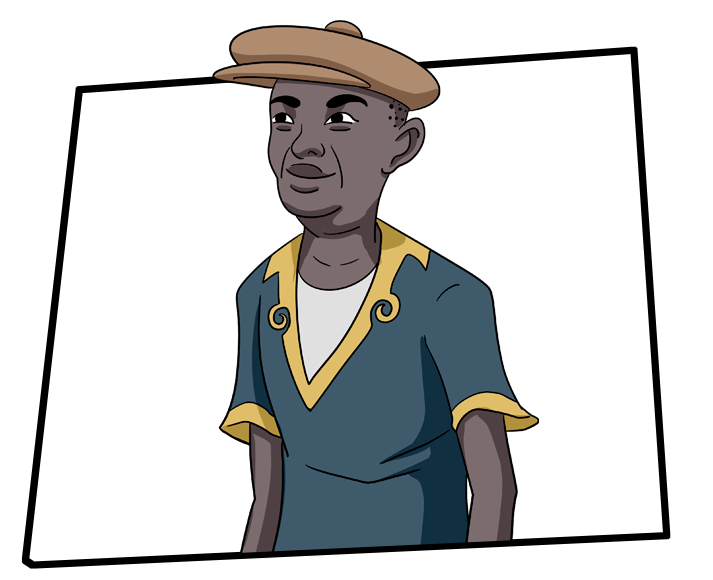
Scarborough: “It’s the panic. It’s the panic. I think at the end of the day, it’s all about the fact that we’re not prepared.”
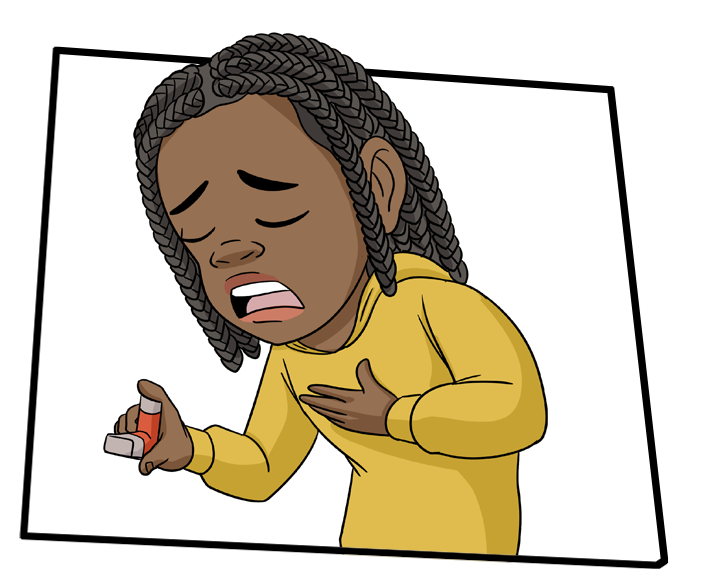
Brampton: “It’s a lot of fear in being able to even think about opening up to go to some of these spaces because of racism and small-town vibes.”
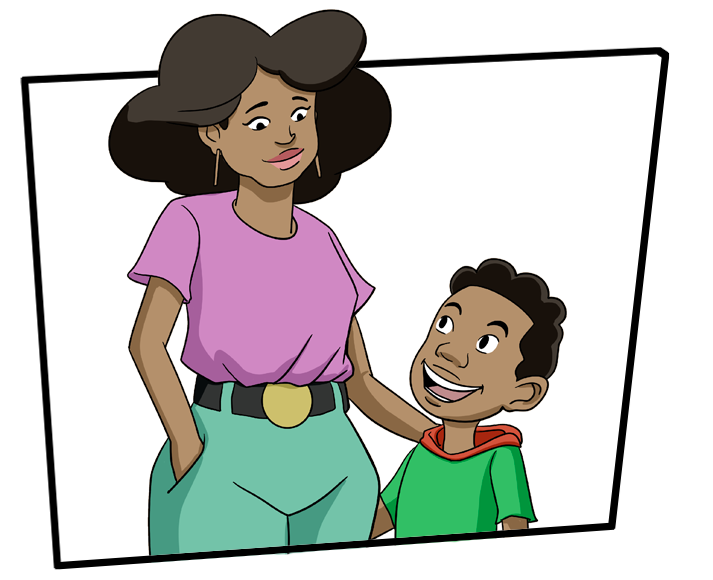
Hamilton: “We can’t afford nutritional food because we’ve got to pay the rent.”
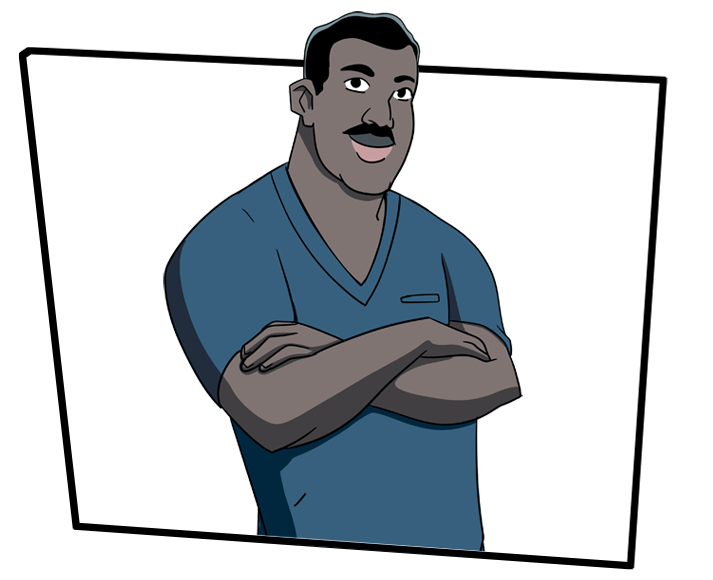
North York: “Growing up, driving to Brampton was like driving to the country. Now, everything is so built up, the kids don’t have space to play outside like I did.”
→ maximum temperature by-laws would protect elders like Desmond in summers like 2025, where we experienced 6 heat waves.
→ improving compost and recycling uptake by residents could halve waste, eliminating the need for large and toxic waste management systems like incinerators, and reducing pollution’s impacts on children like Aaliyah
→ increasing access to community gardening plots for diverse communities would address some aspects of the food affordability crisis while enabling communities to enjoy the health benefits of closer connections to nature.
→ improved community resilience would mean improved health for all.
What do Black communities need to thrive in a changing climate?
We asked: “What do Black communities need to thrive in a changing climate?” We heard:
Safe, Affordable, and Climate-Resilient Housing

Black communities want housing that protects — not harms — them. That includes:
- Retrofitted homes that stay cool in heatwaves and dry during storms
- Affordable units near green space, transit, and services
- Enacting a maximum heat bylaw to protect tenants during extreme heat waves.
- Housing policies that avoid racialized blame or displacement
- Integration of cooling features like shade, splash pads, and pools into urban design
Community Power in Climate Planning

Black residents are calling for real, resourced participation in decision-making — not tokenism:
- Paid engagement opportunities in climate planning and oversight
- Respect for Black, African, and Afro-Caribbean knowledge systems
- Culturally safe, multilingual disaster and preparedness plans
- Inclusive emergency preparedness that accounts for anti-Black racism and distrust in policing
Jobs, Justice & a Just Green Economy
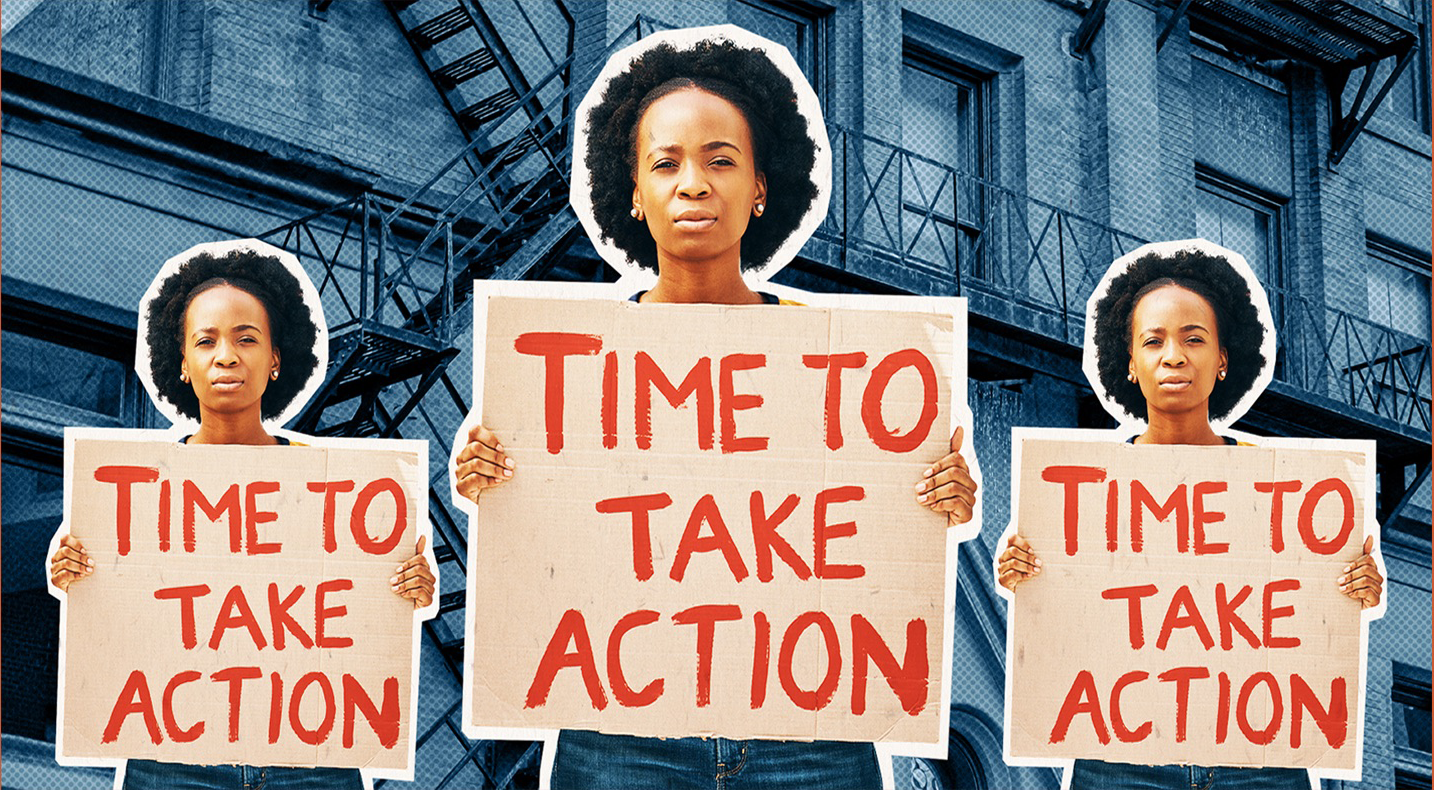
Climate action must support economic empowerment and career pathways for Black residents:
- Access to green jobs through training, mentorship, and youth exposure
- Employment in resilience-building roles like maintaining greenbelts or running community hubs
- Food security initiatives rooted in sovereignty, not charity — like home-growing kits and urban farming
- Community-owned infrastructure for clean energy, water, housing, and transit
Local Resilience Hubs & Infrastructure

Communities need physical spaces and systems designed for climate survival and dignity:
- Fully funded community resilience hubs in schools, clinics, libraries, and places of worship
- Infrastructure for solar power, cooling, water storage, refrigeration, and communications
- Supports for health, mental health, legal aid, child care, housing navigation, and organizing
- Investments in stormwater and disaster infrastructure, rooted in long-term healing and care
Green Space, Food Security, and Land Connection
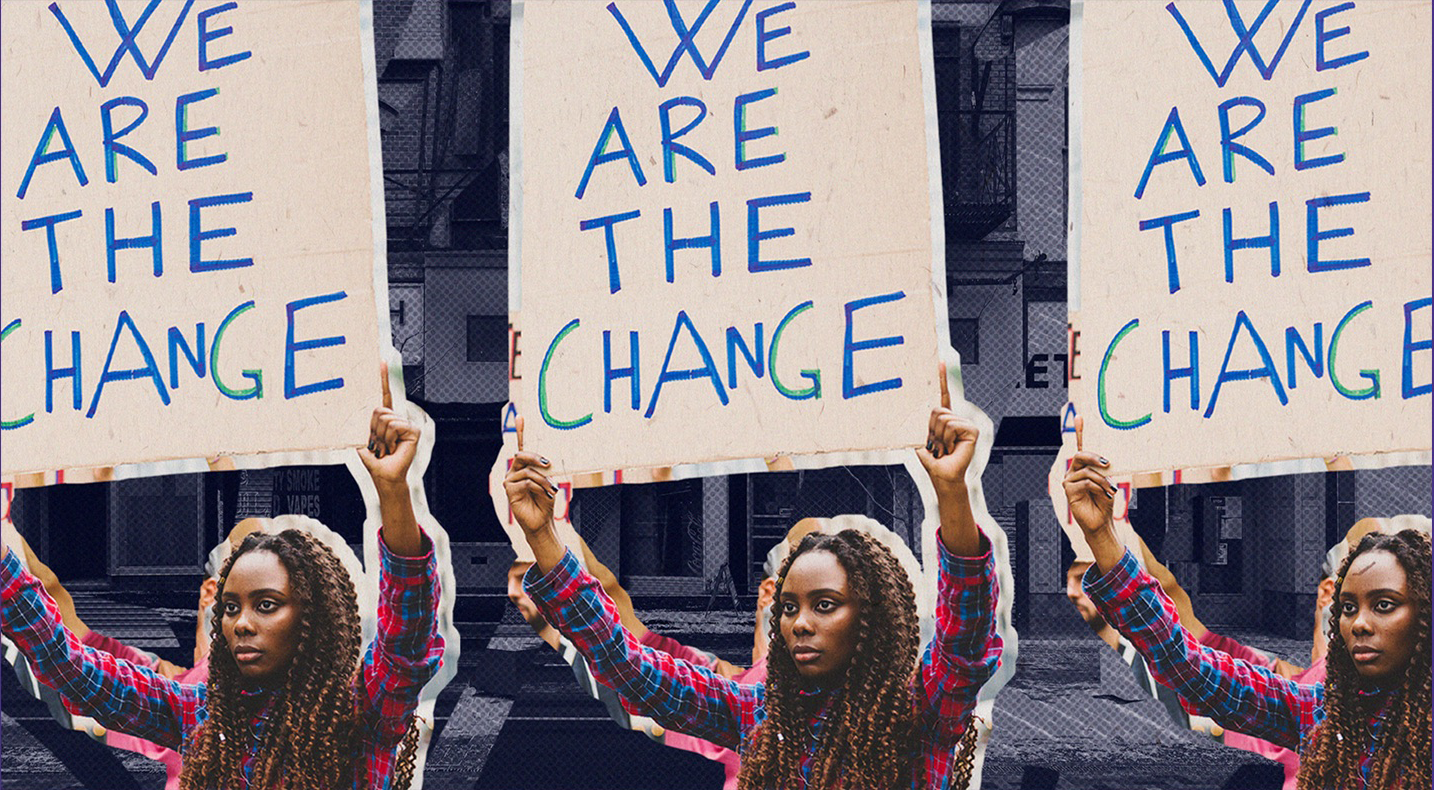
- Protected and expanded community green spaces, tree canopies, and rooftop gardens in Black and other underserved neighbourhoods
- Support for Black-led urban farming and community gardens to strengthen food sovereignty
- Training and resources for Black farmers and urban growers to adapt to climate shifts
Environmental Education, Connection & Belonging

Climate justice starts with relationship-building and knowledge-sharing that affirms Black presence:
- Accessible education spaces that welcome questions like “what is climate change?”
- Youth programs that tie cleanups and greening to community-building
- Conversations about belonging, safety in public space, and the mental health impacts of climate anxiety
- Urban planning that strengthens walkability, nature access, and a sense of place for Black communities
What Policy Makers Can Do
We asked: “What do Black communities need to thrive in a changing climate?” We heard:
Action Steps for Policymakers
Climate resilience must be inclusive, equitable, and rooted in the leadership of impacted communities.
Will Your Climate Planning Include Us?
